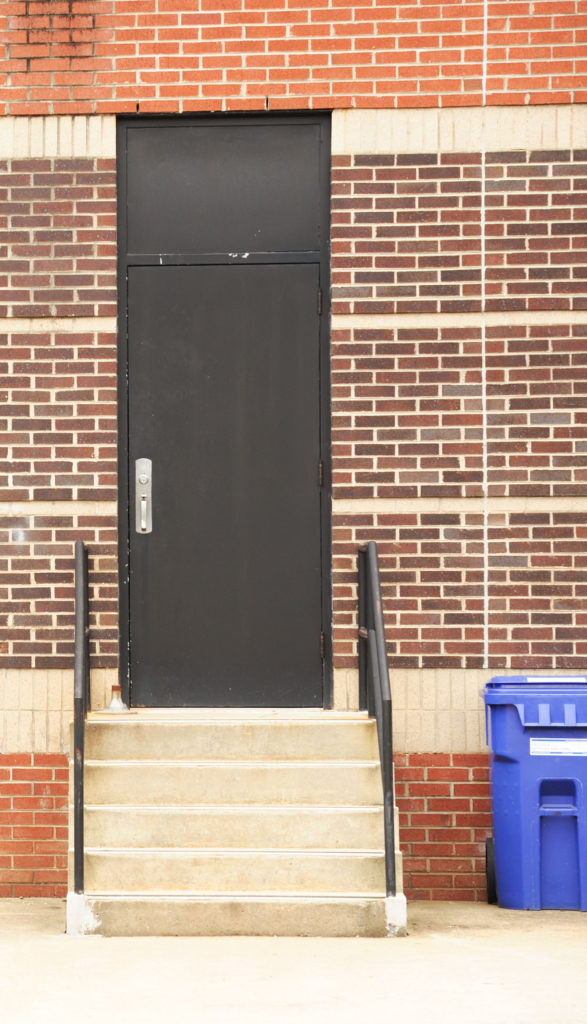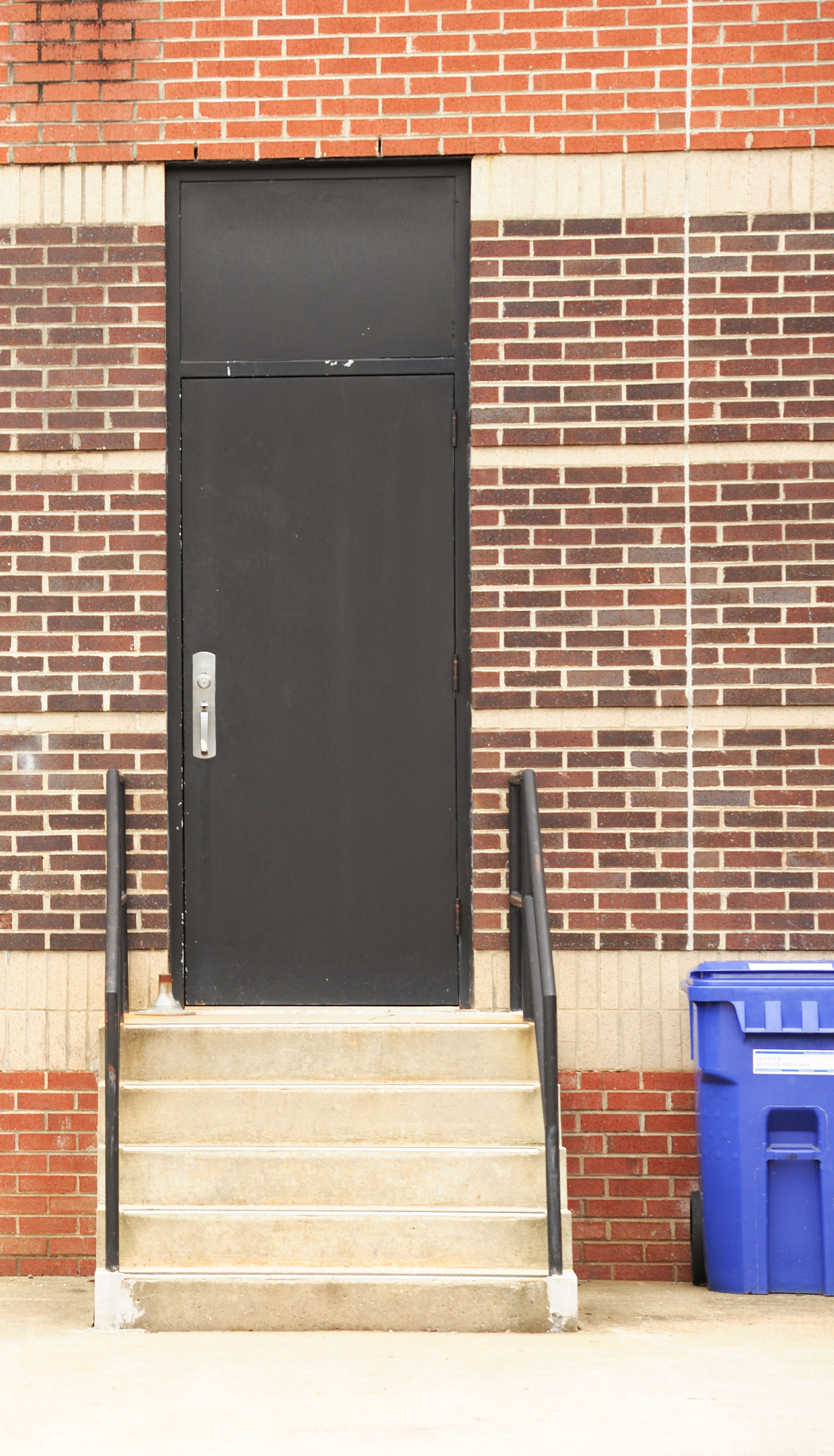 It has been YEARS since I have dealt with a thermal bow problem, although I think about it whenever I pass close to a metal door painted a dark color and can feel the heat radiating from it on a sunny day. I actually remember the first time I received a call about a door that was binding so much that it could not be opened during the day, but would magically work properly at night. Was I really supposed to tell the GC that the door needed to be painted a different color? This was probably around 1987, and yes – I realize that some of you were not born yet! For what it’s worth, I was only 20. 🙂
It has been YEARS since I have dealt with a thermal bow problem, although I think about it whenever I pass close to a metal door painted a dark color and can feel the heat radiating from it on a sunny day. I actually remember the first time I received a call about a door that was binding so much that it could not be opened during the day, but would magically work properly at night. Was I really supposed to tell the GC that the door needed to be painted a different color? This was probably around 1987, and yes – I realize that some of you were not born yet! For what it’s worth, I was only 20. 🙂
What reminded me of thermal bow was a post about this topic on the LaForce blog. In part, the post reads:
Thermal bowing is a temporary condition that can occur on exterior metal doors when the temperature is vastly different on one side, compared to the other. Thermal bowing will normally occur when one side of a door is too hot, but it can occur in reverse, under extremely cold conditions. When there is a large temperature difference, the exposed surface of the door can swell/expand on the heated side, causing the door to bow. When the temperature has reduced and is no longer at an extreme difference, the bowed door will return to its normal form.
According to the Allegion Knowledge Center the typical symptoms of thermal bow are:
- Door will bow toward the sun or exterior of the building
- Hardware latching and unlatching difficulties
- Door clearances may be very tight at the top and bottom of the door
And the ways to alleviate the condition are:
- Painting the surface of door a lighter color
- Selecting a door with a core construction that is less susceptible to thermal bow – honeycomb and steel-stiffened doors are the least susceptible
- Installing an awning to block direct sunlight exposure on the door surface
If the door is binding at all times of the day and night, it’s likely that the problem is related to improper installation of the frame or a problem with the gasketing or the latching hardware. If the problem occurs on sunny days, and disappears at night, it’s probably thermal bow.
Have you ever experienced this problem? What was your solution?
You need to login or register to bookmark/favorite this content.






styrene filled.
I can remember the town/city began with a W but the school color was a very dark green.
I reordered the door steel-stiffened and undersized it .375 instead of .25.
The sad part was the door we were changing was an FRP door, which I thought until then did not experience thermal bow.
Interesting – I have never heard of that on FRP doors!
– Lori
A couple dozen years ago I had a project with a 14 ga. 2” thick, yes, 2 inches, painted bright white that would bow 1/2” in the afternoon sun. IIRC it was a honeycomb cardboard core.
I think construction matters more than color, as counterintuitive as that is.
I have not heard of FRP doors with that issue either. Were they full fiberglass or FRP skin with aluminum structure?
I have experienced this many times in the Southern California region. It typically occurs during the month of September or October when the sun dips to the West and the days become shorter. Most of the time it has involved a school, schools in Southern California are not like schools in other parts of the country. We have covered walkways between classrooms and buildings. Most schools have 2 exterior doors leading into and out of the classroom with so many exterior doors it occurs more often. Not to add insult to injury but some school districts in Southern California are painting doors a dark color so pen or pencil markings do not show up on the door. I was not aware that a steel stiffened door would help the situation. I spoke to a gentlemen that was involved in the Hollow Metal Industry for 50 years sometime ago about this issue. He mentioned that years ago some hollow metal manufacturers had an interlocking steel stiffened door that could solve this situation. The fix I have always suggested is a FRP door that I have used with success in the Southern California market.
Thanks for sharing your insight, Matt!
– Lori
We have less problems with bowing with the honeycomb than with the styrene.
Yes that is true because of the lack of insulation provided with a honeycomb door. The heat from the hot side of the door is allowed to pass thru to the other side of the door allowing the cool side of the door to heat up this will help with thermal bow. My experience with honeycomb doors and expansion and contraction has forced me to move away from honeycomb doors because of delamination issues created by the expansion and contraction of the faces. These is just too little of material holding the faces together with a honeycomb door and exterior applications